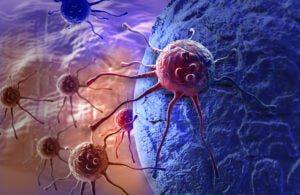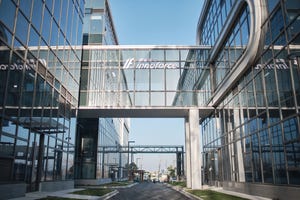January 3, 2023

Fresh from announcing its acquisition of Tmunity, Kite Pharma is buying a 50% stake in a cancer drug being developed by US biotech Arcellx.
The Gilead unit will pay $225 million and cash and make a $100 million equity investment in Arcellx for a half share in CART-ddBCMA, a candidate treatment for patients with relapsed or refractory multiple myeloma.
Currently in Phase II clinical development, CART-ddBCMA is made of autologous T cells that have been modified using Arcellx’s novel D-Domain binder. Kite and Arcellx will jointly advance the product asset.

Image: DepositPhotos/
vitanovski
According to Kite CEO Christi Shaw, “The collaboration with Arcellx enables Kite to expand into a new area of high unmet need and bring a potentially best-in-class cell therapy to help many patients.”
“Cell therapy has proven it can change the way cancer is treated by creating a potentially curative therapy for an individual patient, engineered from their own t-cells. To deliver cell therapy globally, and at scale, it requires a highly coordinated, vertically integrated organization from R&D to commercialization to manufacturing, dedicated to the unique needs of this very complex field.
Cell therapy deals
The Arcellx deal – announced last month – preceded Kite’s announcement it would acquire Tmunity Therapeutics.
At the time Kite said “The acquisition of Tmunity complements Kite’s existing in-house cell therapy research capabilities by adding additional pipeline assets, platform capabilities, and a strategic research and licensing agreement with the University of Pennsylvania.”
In particular it cited an ‘armored’ CAR T technology platform, which potentially could be applied to a variety of CAR T’s to enhance anti-tumor activity as well as rapid manufacturing processes, as a major driver for the deal.
Also, Kite will assume responsibility for continuing an R&D collaboration between Tmunity and Penn, which includes providing research funding to Penn along with options and licenses to certain cell engineering and manufacturing technologies invented and developed in certain Penn laboratories.
About the Author
You May Also Like







